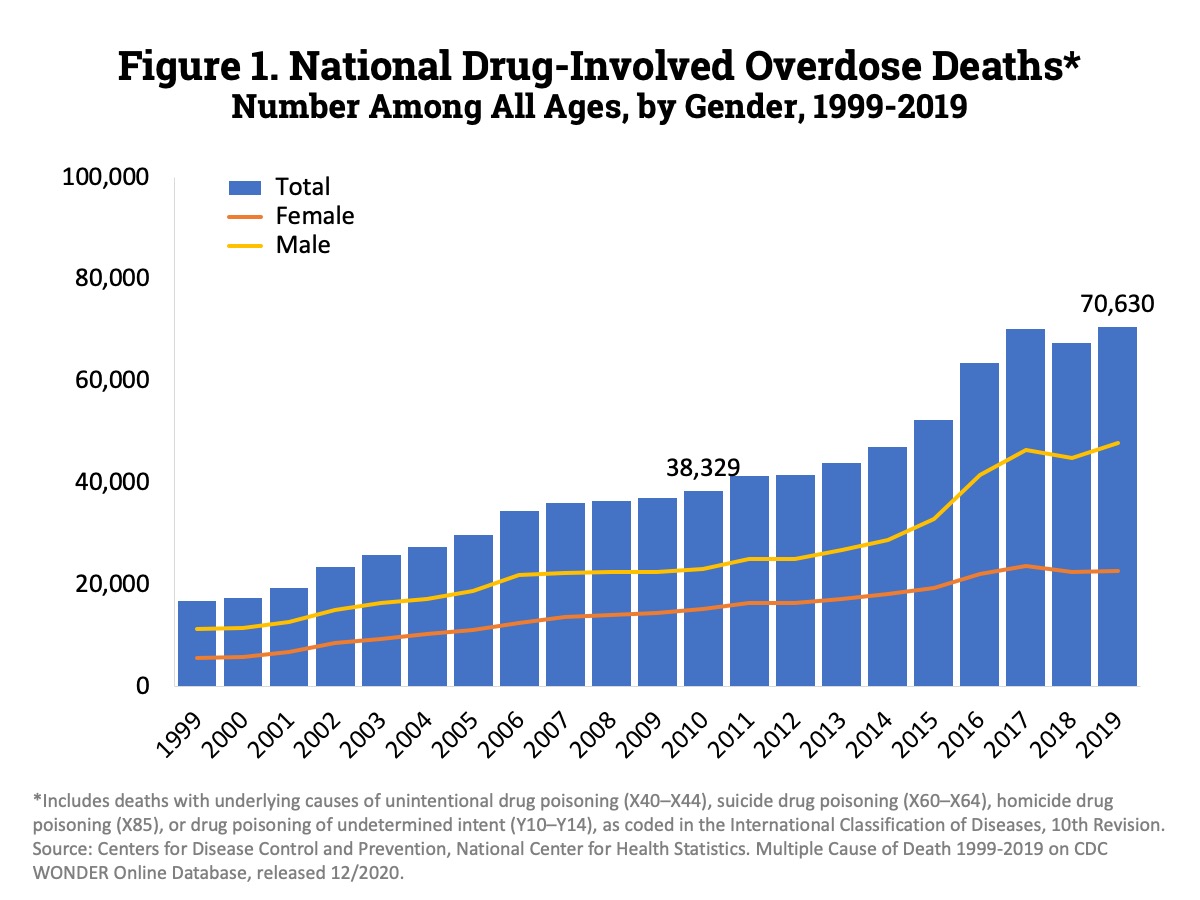

Overall, Cox model fit was assessed by 1) approximation of cumulative Cox-Snell residuals to (-log) Kaplan-Meier estimates, residual plots, and specific testing of the proportional hazards assumption ( 15) and 2) Harrell's C statistic ( 16) and “added-variable” goodness-of-fit tests ( 17). Covariate functional form (including assessment of nonlinear effects) was judged by residual-by-time analysis, fractional polynomials ( 13), and (cubic) regression splines ( 14). The potential for multiple colinearity was tested using the variance inflation factor and condition number, where a variance inflation factor <10 and condition number <30 are desirable ( 12). Baseline UAE was entered as a categorical variable (normoalbuminuria, microalbuminuria, and macroalbuminuria). In each case, model selection from candidate variables was accomplished by minimization of the Akaike and Bayesian information criteria ( 11). All variables known to be associated with mortality were included in the final models, along with any variables associated with mortality in univariate analyses with a P value <0.01. To evaluate the independent predictors of mortality in individuals with type 1 diabetes, we used Cox proportional-hazards models in both the total cohort and selected subgroups.

Hypertension was defined by antihypertensive medication use or a blood pressure greater than target levels of 130/85 mmHg over two readings in an untreated individual. The presence of chronic kidney disease was defined, according to DOQI (Dialysis Outcomes Quality Initiative) guidelines, by the presence of either microalbuminuria, macroalbuminuria, an estimated GFR <60 ml/min per 1.73 m 2, or end-stage kidney disease ( 9).īlood pressure measurements were performed twice in the sitting position, with a 5-min interval between testing.

Baseline urinary albumin excretion (UAE) was stratified according to International Diabetes Federation guidelines ( 10), such that microalbuminuria was defined by a UAE of 20–200 μg/min, macroalbuminuria by a UAE >200 μg/min, and normoalbuminuria by a UAE <20 μg/min in two of three consecutive urine collections. The glomerular filtration rate (GFR) was estimated using the abbreviated Modification of Diet in Renal Disease (MDRD) equation ( 9).

The presence of preexisting macrovascular disease was defined in individuals with a clinical history of myocardial infarction, unstable angina requiring hospitalization, coronary revascularization, stroke, carotid surgery, peripheral revascularization, and amputation for critical limb ischemia.įasting blood samples were obtained for the measurement of A1C, lipids, and creatinine. The presence of proliferative retinopathy was arbitrarily defined by the previous use of laser treatment. Details on clinical status, including age at diagnosis, insulin therapy, and other regular medications, together with presence, severity, and management of diabetic complications, including retinopathy and macrovascular disease, were obtained from medical records by the attending physician using a standardized questionnaire. In this article, we examine the incidence and predictors of all-cause mortality in a nationally representative cohort of adults with type 1 diabetes, showing that the presence and severity of chronic kidney disease remains the major determinant of excess mortality associated with type 1 diabetes.ĭata on smoking habits, alcohol intake, educational level and social class were obtained using a patient questionnaire. However, many of these observations were made when current management paradigms, including intensified metabolic control and blockade of the renin angiotensin system, were not widely applied. Previous studies have identified chronic kidney disease as a risk factor for mortality in type 1 diabetes ( 3 – 6). In order to determine the current prognosis of any individual with type 1 diabetes and direct preventive interventions, it is important to identify those individuals at increased risk of death.Ĭhronic kidney disease is a common complication of type 1 diabetes, affecting up to 30% of patients ( 2). However, not all individuals with type 1 diabetes share this risk. For example, mortality in individuals with type 1 diabetes from Finland is 3–4 times higher than in the general population ( 1). Despite modern therapeutics, type 1 diabetes continues to be associated with premature death.


 0 kommentar(er)
0 kommentar(er)
